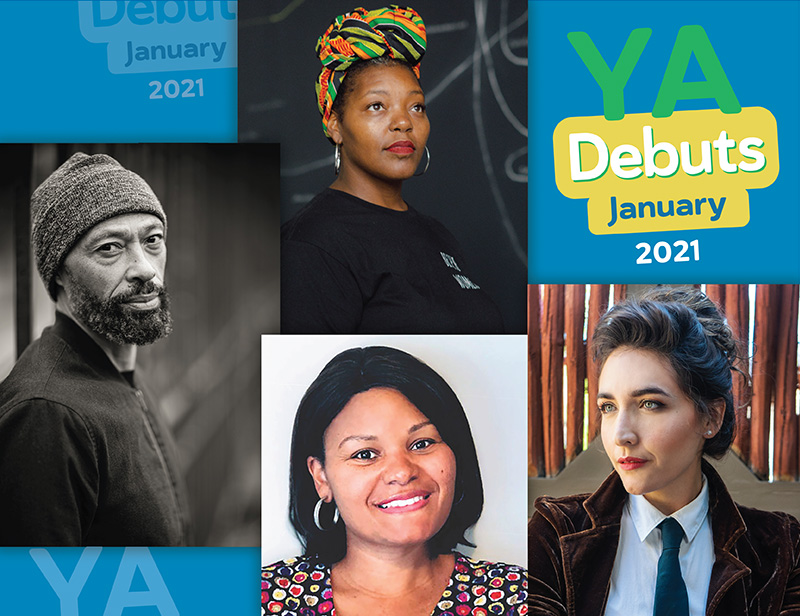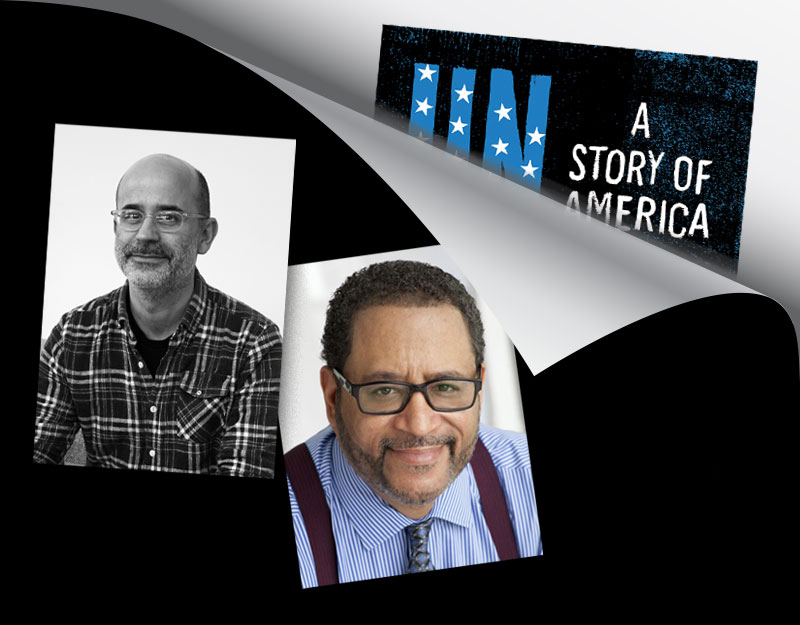Sunday Reflections: “There is no plan.”
 On December 14th of last year, I sat in my library’s meeting room for a scheduled staff inservice on safety and security. The police officer held a question/answer session, fielding library staff questions one by one. The answer was almost always, “Call the police. We’re the experts. Let us decide. Keep yourself safe. Don’t worry if it’s a false alarm. Call the police.”
On December 14th of last year, I sat in my library’s meeting room for a scheduled staff inservice on safety and security. The police officer held a question/answer session, fielding library staff questions one by one. The answer was almost always, “Call the police. We’re the experts. Let us decide. Keep yourself safe. Don’t worry if it’s a false alarm. Call the police.”
I work in a small town. It’s very nice. Quaint. People frequently ride their bikes to the library, which is near the heart of town, and leave them unlocked outside, propped against the book drop. It’s the kind of place that feels very safe.
ADVERTISEMENT
ADVERTISEMENT
On the other side of the country, in another quaint town that felt very safe, while we sat in the meeting room eating coffee cake from the local bakery, listening to the officer answer our questions, and looking forward to an early end of the day, Sandy Hook Elementary School was making national news in the worst possible way.
In the time since the Newtown, CT school shooting, I’ve been a part of a committee creating security plans and procedures for my library, and this past Friday, we all met back in that same meeting room again, this time to introduce the new security plan, and to be a part of an active shooter drill conducted by the local police department.
The procedure we were advised to use in the case of an active shooter is very brief. It doesn’t include many specifics. The main message is to make your best judgement and keep yourself as safe as you can, whether by hiding or escaping, notifying others if you can, but keeping yourself safe above all else.
The officer who ran the drill gave us one instruction:
This will feel very real. Do what you would do if this were real.
Of course the questions followed.
“Should we sound an alarm?”
“Do we make an announcement on the intercom?”
“What if we can’t hear it happening?”
“What if we were with children, or in a program with teens?”
“What if I’m near the exit but there are kids closer to where the shooter is?”
He repeated, “Do what you would do if this were real.”
I won’t lie. It was terrifying. It’s not that I felt that my safety was at risk – I understood intellectually that the shots fired were not harmful and that though they were loud, I wouldn’t be hurt. But the mere fact that we were drilling for this left my stomach churning and my heart racing. A situation as unimaginable yet as increasingly common as this has another layer of emotion for those of us who work with young people.
Who among us wouldn’t be torn about how best to evacuate or notify the teens in our building? What is the difference between our motivations, roles, and responsibilities as individuals with hopes and dreams and loved ones of our own, as youth-serving professionals, and as good humans?
ADVERTISEMENT
ADVERTISEMENT
It’s heart wrenching and sobering to contemplate. We are people hoping teens will come to us. We hope we can earn and then keep their trust. We craft our collections, programs, and spaces to make them feel comforted and welcome. We care about them. So when the answer to our questions was, “You’ll need to decide. Do what you would do if this were real,” and the officer reminded us that we are all college educated adults and need to use our best judgement when faced with difficult decisions about life and death, escape and refuge, safety and heroism, it was hard to hear.
I wanted a rule, a procedure, a plan. But there is no plan. There is only a situation and our best judgement. Unlike the officer’s reminder in December, that they are the experts, that we need not decide how best to deal with a potentially volatile situation, once the situation has flipped and the situation is volatile, it is up to each of us to act, using our own best judgement.
We can know where all of the exits and safest rooms are. We can tuck hammers and fire ladders near high windows. We can put panic buttons in easy to reach places. But we can’t make our libraries 100% secure. As the officer sagely pointed out, that’s not a place of learning and engagement; that’s a jail.
Before we adjourned for the day, a coworker with a son in middle school spoke up. She pointed out that while we all are concerned with keeping children and teens safe, and those of us who work with them specifically may feel an additional layer of professional responsibility to do so, teens and children are being equipped with their own set of survival skills. Unlike most of us adults who drilled in school for fire and weather emergencies, today’s youth are also drilling for the devastating possibility of a shooter. And just as we carry the lessons of our early drills with us everywhere, “duck and cover” “stop, drop, and roll” “stay low and go,” so will today’s youth carry the tools of our modern situation with them.
We hope they never need to use those tools. We hope we never need to make these life and death decisions.
How does your role as a youth services professional change your perspective on emergency response? Does your library have an emergency response plan?
-Heather
Filed under: Newtown, security, Sunday Reflections, Violence
About Karen Jensen, MLS
Karen Jensen has been a Teen Services Librarian for almost 30 years. She created TLT in 2011 and is the co-editor of The Whole Library Handbook: Teen Services with Heather Booth (ALA Editions, 2014).
ADVERTISEMENT
ADVERTISEMENT
SLJ Blog Network
2024 Books from Pura Belpré Winners
Passover Postings! Chris Baron, Joshua S. Levy, and Naomi Milliner Discuss On All Other Nights
Winnie-The-Pooh | Review
Parsing Religion in Public Schools
ADVERTISEMENT








We asked the police to come to our staff development day in April and talk about how to deal with a first shooter situation. They went over some basic safety precautions – pretty much like what you describe – and then we went around the library to mark out all the emergency exits to new staff. We found an exit in the basement nobody knew was there and I discovered I was the only staff member who knew you could easily get out of the upper floor windows (have a kid to thank for that)
I did my summer reading visits to the local middle school last week and right before I started one of my presentations, the librarian whispered in my ear that we would be having a lockdown drill.
When the principal came over the intercom, they herded 40 kids into the non-fiction stacks, shut the lights, locked the doors, and covered the door windows with fabric that was taped into place.
I knew it was a drill in advance and it was still terrifying.
Definitely a good idea to have a procedure in place. We have a lot of exits and lot of places you could potentially hide people, but I'm not sure we have a good notification procedure in place.
I struggle with the idea of this being “common.” The ghoulish 24 hour news cycle makes it hard not to believe it's so. But the worst school massacre in American history happened in the 20s or 30s in the midwest. Americans didn't read every gruesome detail because who cares what is happening thousands of miles away? When we've talked to our kids about it, we have also talked about the statistical improbability of a shooting happening in their school.
I like the idea of being prepared for all eventualities but imagining every way my children and I could meet death is exhausting. I would prefer to teach them some good sense, if their eyes and their gut tells them something is wrong, they should address it.
It's a tough question because we all have different approaches to what “safe” and “safety” mean. Just because I can live comfortably in my definition doesn't make it so for other people.
Thanks for the comment. We also pointed out all of the exits to staff, some of whom were unaware of a couple in our 80+ year old, much renovated building. It's good to know for all kinds of reasons — like the week the staff lounge door lock was broken and people couldn't get out the normal way! A thorough building tour is now part of every staff orientation.
I think the most difficult aspect for me was what you point out. When do you notify as opposed to escaping, and how? Fortunately there are fire call boxes near most exits in public buildings, so knowing that it would be relatively easy to sound some kind of alarm was helpful.
I agree that the statistical likelihood is quite slim, and also that “common” was an incorrect word. Your approach – teaching good sense and acting when you feel something is wrong – is essentially what we were taught by the local police department. What I like about this approach is that it can be used in any number of situations. I've come to believe that the logic in choosing an unimaginable worst-case for a training exercise is that if we can keep ourselves composed and clear headed while imagining the worst, managing ourselves in a less critical situation should be easier.
It's hard to prepare for these types of situations – we had a guy assault a female patron a few weeks ago (he was beyond high) and while everything was ok and staff did pretty much what they should have done, you never really know what you're going to do until you…do it. You know? I think some of the safety procedures we'd looked at before would have been “call the police, stay back” but some of our staff got between him and the woman and nobody was hurt in the end.